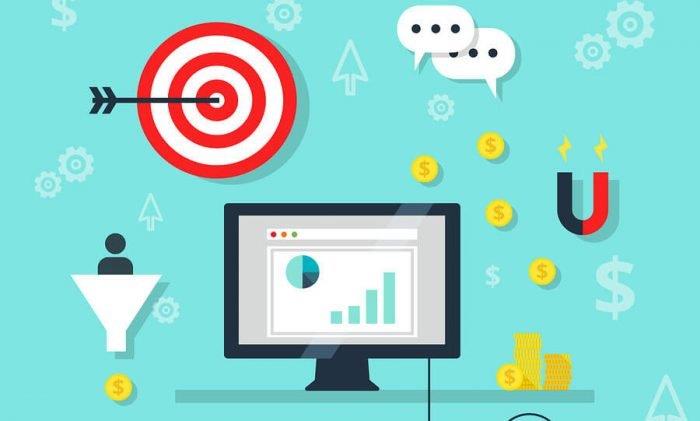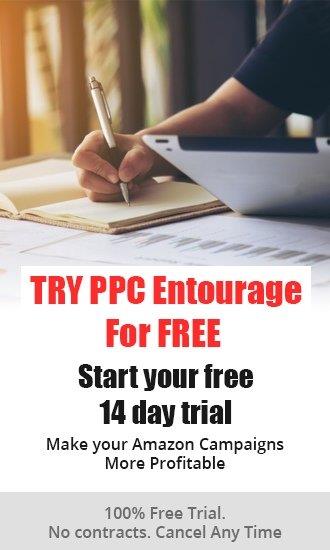Here’s an age-old question: is paid traffic more important than organic traffic, or vice versa? Should you try to rank organically, or does it make more sense to spend on paid ads? In this article, we take a look at the differences between paid and organic traffic on Amazon, and tell you which you should be focusing your efforts on.
The Difference Between Organic and Paid Traffic
Let’s talk about organic traffic first. In a nutshell, this basically refers to the traffic that you get from unpaid product listings (these listings show up below Headline Search Ads and Sponsored Product Ads).
Amazon SEO
You know how you’d optimize your website for SEO if you want to rank on Google? The exact same thing applies on Amazon. You can attempt to do it yourself or hire an Amazon SEO service. Either way, you’ll have to optimize your product listings if you want them to rank highly on Amazon. Implementing the proper Amazon SEO strategy will ultimately increase traffic to your listings. In some of our other blog posts, we’ve outlined best practices for driving traffic to your listing, creating sales-inspiring images, and properly optimizing your back end, all of which will play major roles in your organic traffic.
Amazon Ads
Alright, moving onto paid traffic, which refers to traffic that you get from Amazon ads. For sellers who haven’t experimented with Amazon ads, these are pretty similar to Google ads. Like Google ads, Amazon’s Sponsored Product and Sponsored Brand ads are triggered by keyword searches, with sellers bidding on the keywords they want to target, auction-style. Because Amazon ads appear above unpaid product listings, they help expose your products to a wider audience, and drive more traffic to your listings.
Focusing solely on organic traffic
Now, we know plenty of sellers who focus all their efforts on driving organic traffic to their product listings; these folks either aren’t willing to spend money on advertising their products, or they don’t have the time to do so.
For those concerned with the cost of Amazon ads: yes, you’ll definitely have to set aside a marketing budget for your ads - but assuming that you monitor your key metrics properly and A/B test your ads, you should be able to run a profitable campaign that increases your bottom line.
And if you’re hesitating because you don’t want to spend too much time on managing and optimizing your Amazon ads, don’t worry - there are plenty of tools out there that will do the heavy-lifting for you. Our very own PPC Entourage, for example, is designed specifically for Amazon sellers who want to invest intelligently on their Sponsored Products campaigns while maximizing their ROI and getting the most out of their advertising budget.
Focusing solely on paid traffic
On the other end of the spectrum, some Amazon sellers believe that organic traffic is irrelevant, and that relying on paid traffic is the key to driving sales.
Yes, it’s true that paid traffic is important, but that doesn’t mean you can neglect organic traffic altogether. For one thing, if you focus your efforts solely on running Sponsored Product campaigns, you won’t be able to reach out to the segment of shoppers who distrust paid ads, and only click on organic listings.
On top of that, consider the fact that Amazon ads operate using an auction-style bidding approach. The space isn’t too crowded as of now, but as more advertisers join the fray and start bidding on the same keywords that you do, this will drive up the cost of your ads.
Case in point? Just think about how much the cost of advertising on Google AdWords has skyrocketed over the past few years. Back in 2008, the average cost per conversion of a Google ad was just $7.02. In 2012, this jumped to $24.40. And in 2016, it increased again, this time to $33. That’s a 370% increase, which is definitely a tough pill to swallow.
Is Organic or Paid Traffic More Important for Amazon Sellers?
It’s clear to us that organic and paid traffic go hand in hand; it doesn’t make sense for Amazon sellers to choose one over the other.
If you’re simply optimizing your ads to rank organically, and you don’t spend a single cent on PPC, then you’re limiting your revenue and growth. This is especially true if you’re in a competitive niche and your products aren’t differentiated - in this scenario, it’s even more important to have your listing appear as high on the page as possible.
On the other hand, you can’t rely completely on Amazon ads, and disregard your organic ranking. While Amazon ads help to funnel more traffic to your storefront, you still have to use these in conjunction with Amazon SEO, which reaches out to a smaller pool of higher-converting audience. Here’s a pictorial illustration of how the two strategies go hand-in-hand:

By investing the time and energy into both Amazon ads and Amazon SEO, you’ll cover all your bases, and ensure that you can still drive sales in the event that Amazon ads become prohibitively expensive.
Getting the best results as an Amazon seller
The best method to growing your Amazon business is to use a two-pronged approach: optimize your product listings and invest in Amazon ads. This way, you get the best of both worlds, and you can maximize the traffic that you drive to your listings.











